The Impact of Urban Development on the Texas Tortoise
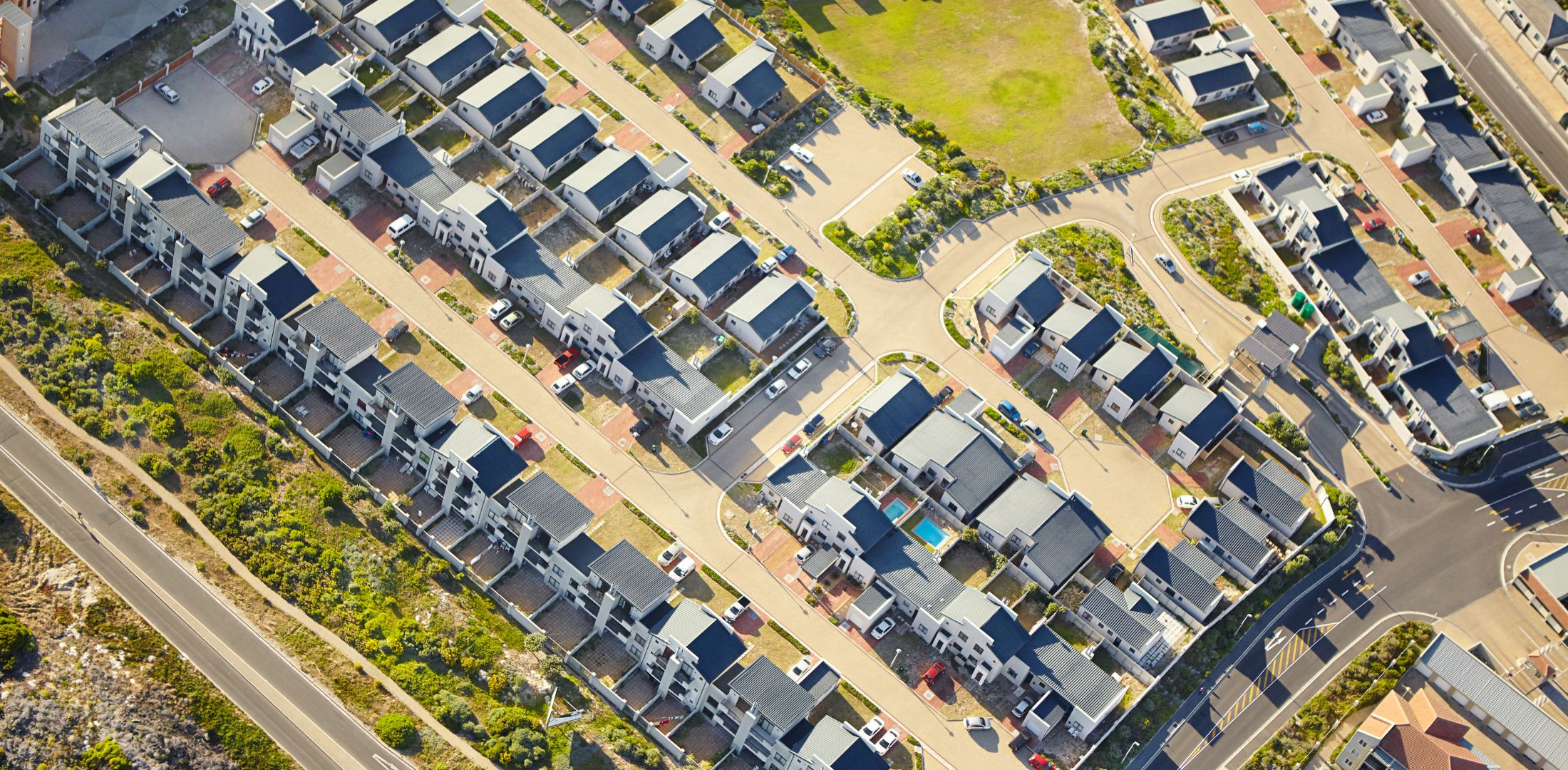
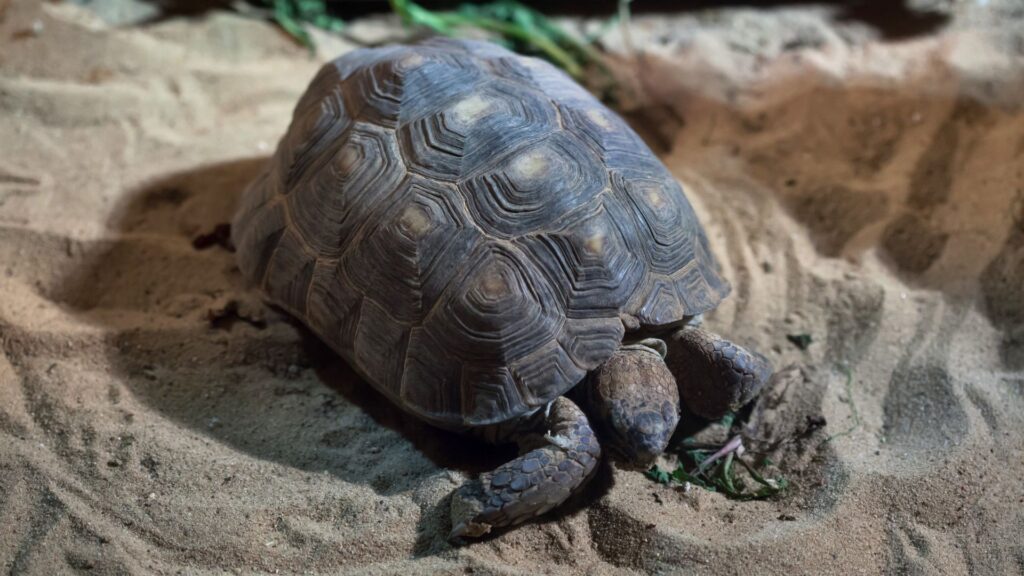
The Texas Tortoise (Gopherus berlandieri) faces significant threats due to urban development, particularly in the rapidly growing areas of southern Texas. The expansion of cities and towns leads to habitat loss, fragmentation, and increased human-tortoise interactions, all of which can be detrimental to their survival.
Habitat Loss and Fragmentation
The spread of urban areas results in the destruction and fragmentation of natural habitats. This process disrupts the connectivity of tortoise habitats, making it difficult for them to find food, mates, and safe burrowing sites. According to a study by the Texas Parks & Wildlife Department, approximately 35% of the natural habitat of the Texas Tortoise has been lost to urban development over the past 30 years. This habitat fragmentation forces tortoises into smaller, isolated areas where they are more vulnerable to predation and other threats.
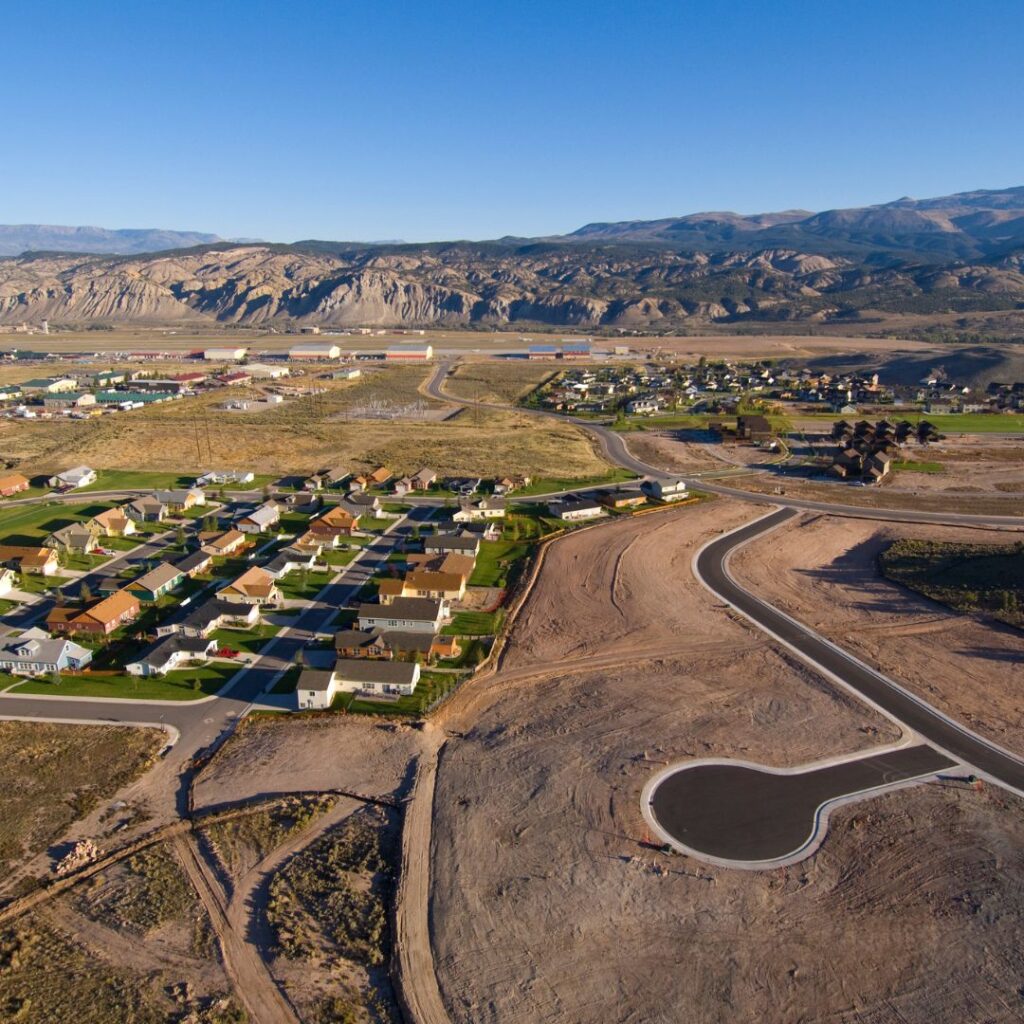
Increased Human-Tortoise Interactions
Urban development leads to increased interactions between humans and Texas Tortoises. These interactions can be harmful as they often result in tortoises being displaced, injured, or killed. For example, road mortality is a significant issue, with an estimated 20% of Texas Tortoise deaths in urban areas caused by vehicle collisions. Additionally, human activities such as landscaping, construction, and the presence of pets can further endanger tortoises by disrupting their natural behaviors and habitats.
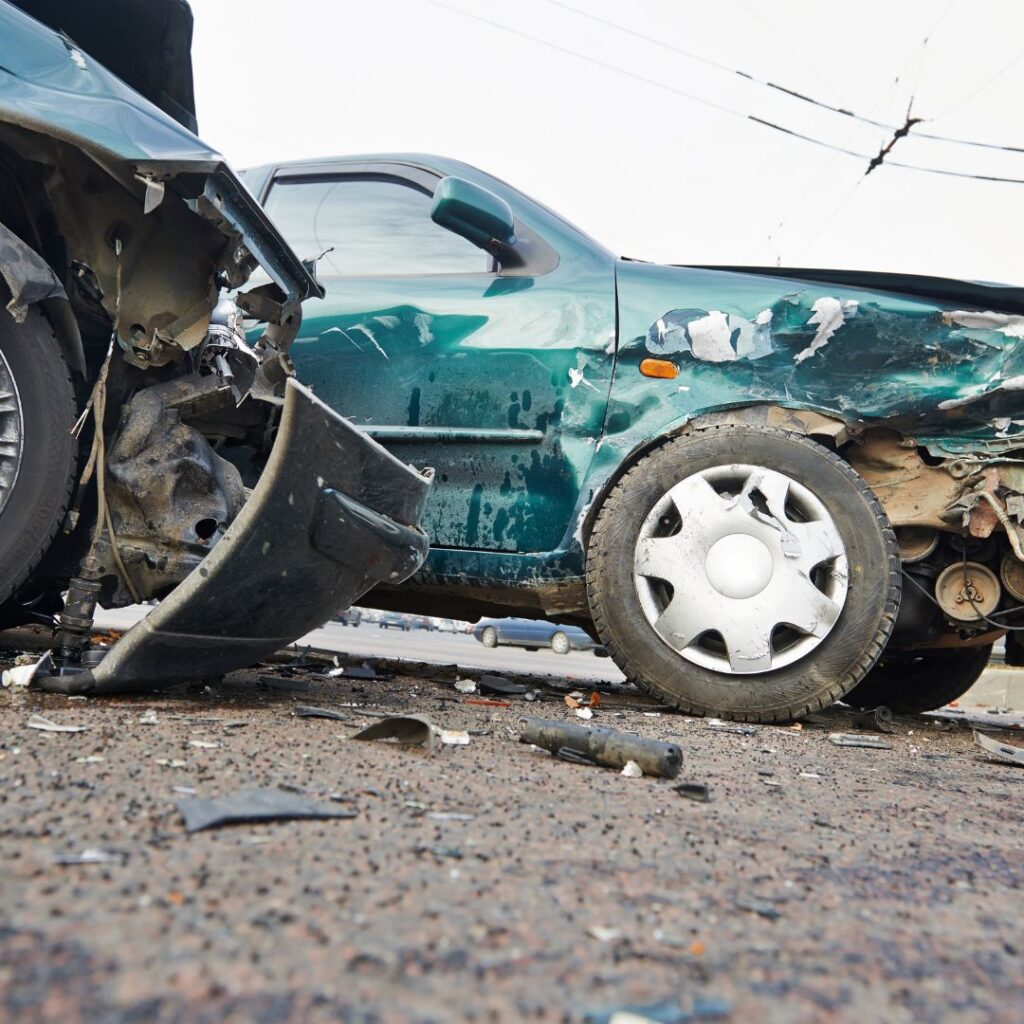
Pollution and Waste
Urban areas generate pollution and waste that can negatively impact the health of Texas Tortoises. Exposure to pollutants such as chemicals, plastics, and other waste materials can lead to health issues and increased mortality rates. Studies have shown that tortoises in urban areas have higher levels of contaminants in their bodies compared to those in more natural environments. These pollutants can cause chronic health problems, reducing the overall fitness and survival rates of urban tortoise populations.
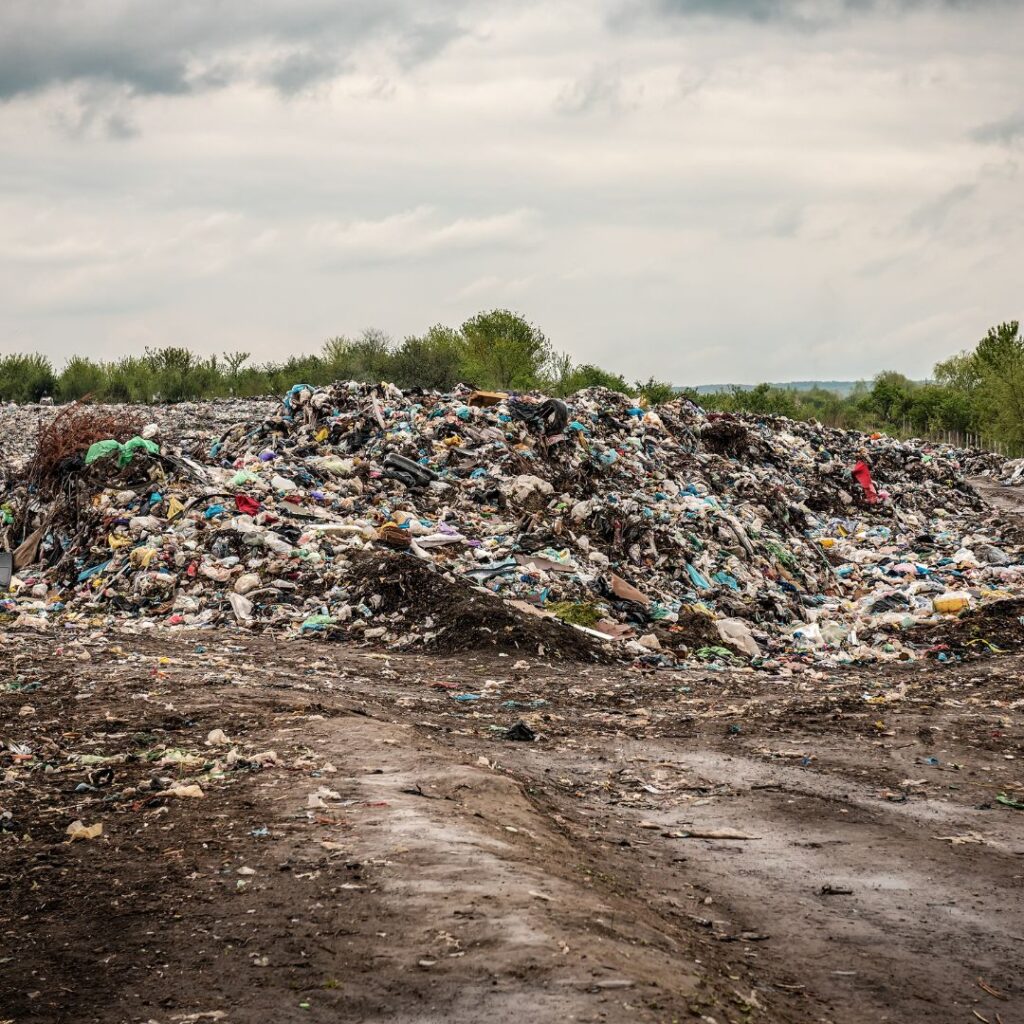
Population Decline
The combined effects of habitat loss, increased human interactions, and pollution lead to a decline in the Texas Tortoise population. Over the past three decades, the population of the Texas Tortoise has declined by approximately 30% due to urban development and its associated impacts. This decline poses a serious threat to the species’ long-term survival and highlights the urgent need for conservation efforts.
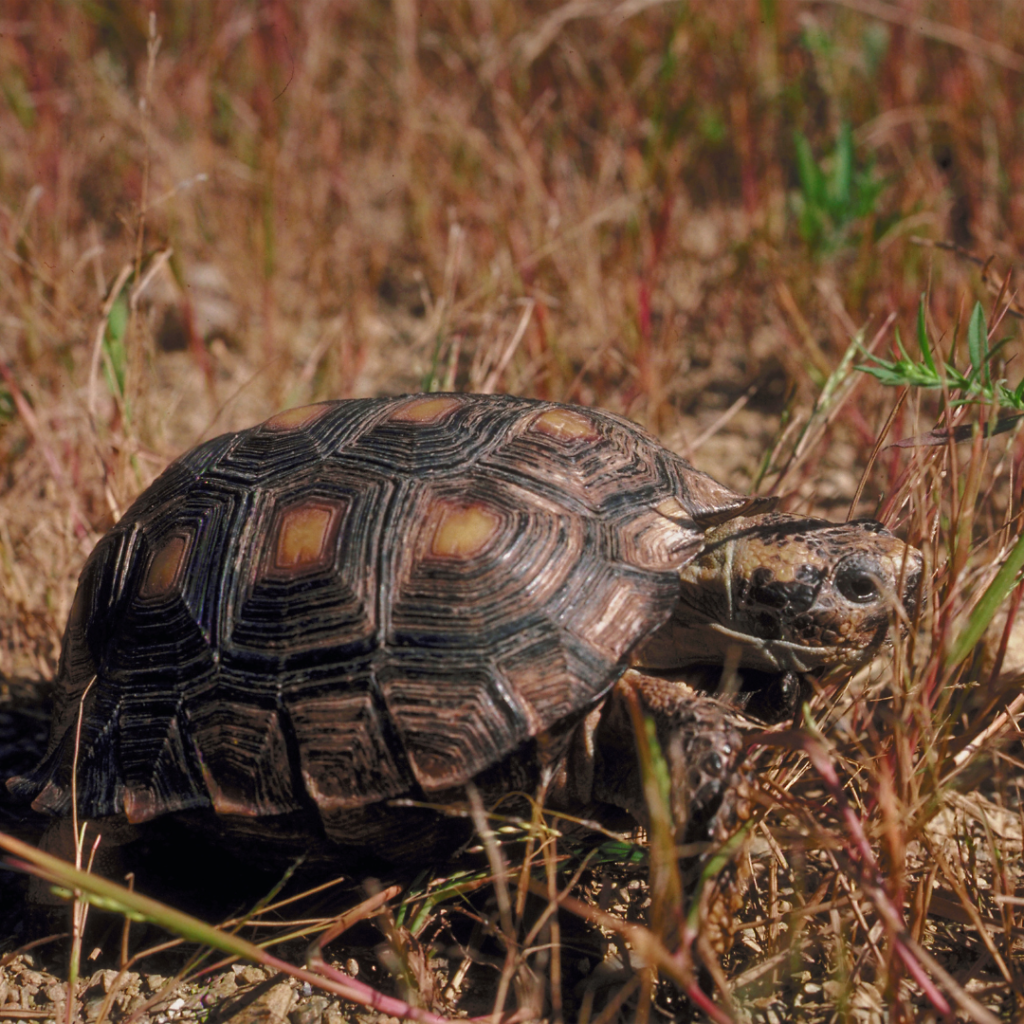
Conclusion
Protecting the Texas Tortoise from the impacts of urban development is a collective responsibility. By staying informed and taking action, we can ensure the survival of this remarkable species for future generations. Every individual effort counts towards creating a safer and healthier environment for Texas Tortoises, ensuring they continue to play their essential role in our ecosystems.

